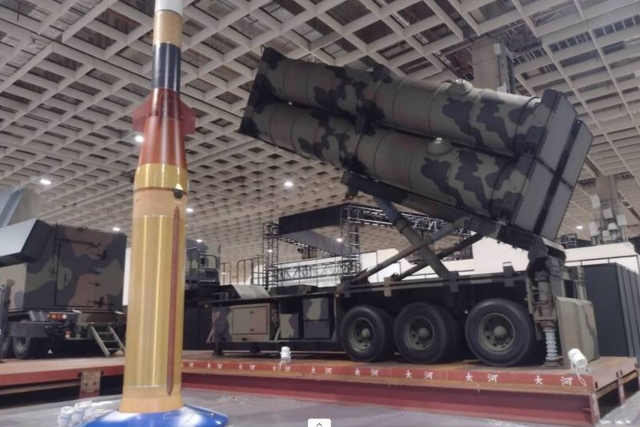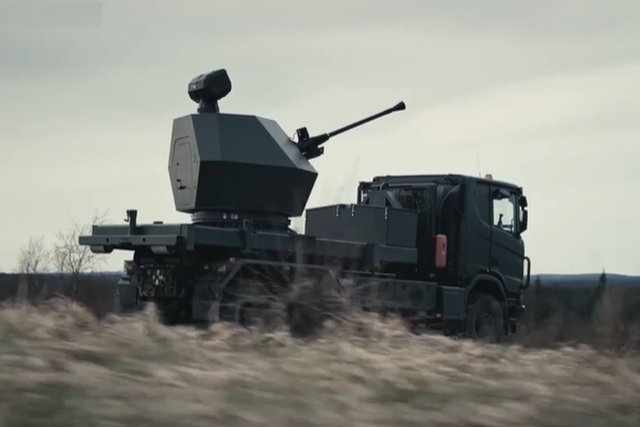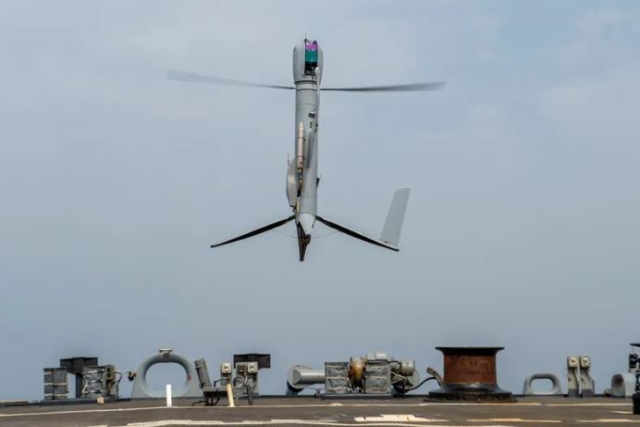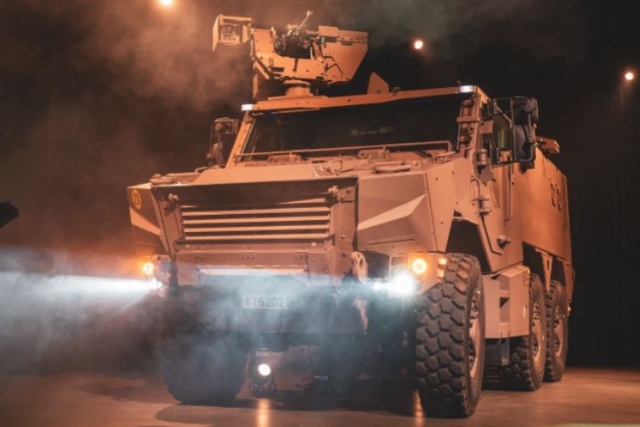India has 40 ships and submarines on order: Indian Navy Chief

Admiral Nirmal Verma, Chief of Naval Staff, India
The Chief of Naval Staff of the Indian Navy (CNS), Admiral Nirmal Verma, gave an exclusive interview to our print media partner, Vayu Aerospace. Excerpts of the interview.
DW : The Indian Navy had a successful Exercise season in 2009 with its first Atlantic Ocean deployment and Exercise with French, German, Russian and British Navies. What are the plans for the future, such as the upcoming Malabar Exercise in 2010?
Admiral Nirmal Verma: As you are aware, our exercise programmes are discussed in-house and with various ministries as well as with other navies and then scheduled over the next year. We would continue to have interaction with other navies in terms of exercise which are of mutual benefit. Among others, we would also be holding the Malabar in 2010.
DW : Imminent induction of the INS Shivalik will certainly boost the naval fleet. What is the state today as to pending naval fleet acquisition plans, both from India and abroad?
Admiral Nirmal Verma: There are presently 40 ships and submarines on order. Our preferred choice of including ships has been through the indigenous route. There are presently 34 ships and submarines on order from Indian shipyards and the induction program is continuing apace. For instance, the GRSE has already delivered all three of the large amphibious ships. The water-jet Fast Attack Craft are being built here, of which the first four have been inducted into the Navy till date. The yard is also constructing advanced Anti-Submarine Corvettes. In the south, Cochin Shipyard Limited (CSL) is progressing the construction of our most ambitious ship yet the Indigenous Aircraft Carrier. At Mumbai, our premier warship-building yard, Mazagon Dock Limited, engaged in the construction of the Kolkata class destroyers and three stealth frigates of the shivalik-class, apart from six submarines of the Scorpene-class. Goa Shipyard Limited, which has built a number of Offshore Patrol Vessels for the Navy and the Coast guard, has four advanced version of this Type under construction. The yard is also building our second Sail Training Ship. Over the years, we have taken a conscious decision to encourage other shipyards, including private yards, to enter the specialized field of warship-construction. The response has been encouraging with their participation in non weapon platforms. However, even with all this, our rate of induction is inadequate to maintain our present force levels and an option for some induction from abroad has been exercised to bridge the gap. These include the carrier Vikramaditya and three follow-on ships of the Talwar-class from Russia and two Replenishment-Tankers from another foreign yard. Concurrently we have adopted the concept of Mid- Life Upgrades (MLUs) and a number of ships are being upgraded accordingly, so that after their MLU, they emerge as potent 21st century platforms.
DW : The Indian Navy has reportedly asked for more information on the Queen’s class aircraft carrier programmers that Britain is currently implementing. Also, in context of the continuing indecision on the Vikramaditya’s final price, where does the Navy’s carrier program stand today?
Admiral Nirmal Verma: Work on the Vikramaditya is proceeding quite well with additional manpower having been assigned to the project by the yard. Contract negotiation for finalizing the revised prices as well as other terms and condition of the Vikramaditya are currently in progress. The construction and trial schedule envisages for her induction into the Indian Navy by 2012 and the issue is being addressed at every level of the bilateral structures between India and Russia. The immediate impact of the delayed induction of the Vikramaditya will be that we will have to maintain Viraat at her current operational-capability for a bit longer than we had initially anticipated. Fortunately, the material state and role-worthiness of the Viraat continue to be good, thanks to the unflagging effort put in by successive sets of the ship’s crew and their civilian and uniformed colleagues at the Naval Dockyards. The Cochin Shipyard and a variety of shore-based staff-planning and logistics organizations, all of which have been sustaining a tempo of work and commitment that is nothing short of remarkable. At the same time, we will need to ensure that work on our first Indigenous Aircraft Carrier (IAC), which is currently under construction at the Cochin Shipyard Limited, Kochi, continues satisfactorily. As we speak, fabrication of up to 10,000 tonnes of hull structure and 1000 tonnes of hull assembly in dry dock has been completed. Major equipment for the ship are in various stages of procurement. As you are aware, the keel laying was done by the Raksha Mantri on 28 February 2009 and the first launch is envisaged by 31 October 2010. Delivery is expected to be towards the end of 2014. You would know that the Queen’s-class of carriers are expected to be ready only after 2016,as such by then we should have Vikramaditya and IAC-1 operational with IAC-2 well under consideration. I do not immediately see any reason for us to explore foreign acquisitions at that time when the impetus is increasingly on indigenization.
DW : The Indian Navy’s submarine arm has had to deal with delays, especially the Scorpene-class submarines. Please update us on the state of the submarine arm today, in terms of refits, upgrades and acquisition, especially plans to offset delay in the Scorpene project?
Admiral Nirmal Verma: Series- production of a major platform such as the Scorpene-class submarine is normally viewed as a ‘project.’ The consolidated time line of the ‘project’ has to be constantly kept under review. Sometimes one or another stage of a project may tend to be marginally delayed, without the overall time line of the project as a whole being affected. Having said that, there has been a delay in delivery of the first submarine of the Scorpene-class that is now expected to be delivered by 2014 entailing a delay of about two years; however, MDL has assured the Navy that the remaining five submarines will be delivered at regular intervals thereafter within the overall project period. Timely completion of the project, notwithstanding the initial delay would be a tribute to the managerial and technical skills of the Mazagon Docks Limited along with their collaborators. The delay would lead to certain erosion of our submarine force levels. Meanwhile, every effort is being put in to ensure better availability of “present asset”, aided by the fact that most of our older submarine have been modernized in recent years, and upgraded in the term of their weapon-sensor suites as well as their crewsupport systems. As far as the second line of submarines is concerned, responses to our global ‘Request for Information ‘(RFI) have been received. The government had set up a committee to examine to entire scope of activities to progress the 30 year ship building plan approved by the CCPA in 1999. The committee has submitted its inputs, which are being examined with the thoroughness that they deserve. The RFP will be issued upon deliberations of the report at the highest levels of the acquisition chain.










